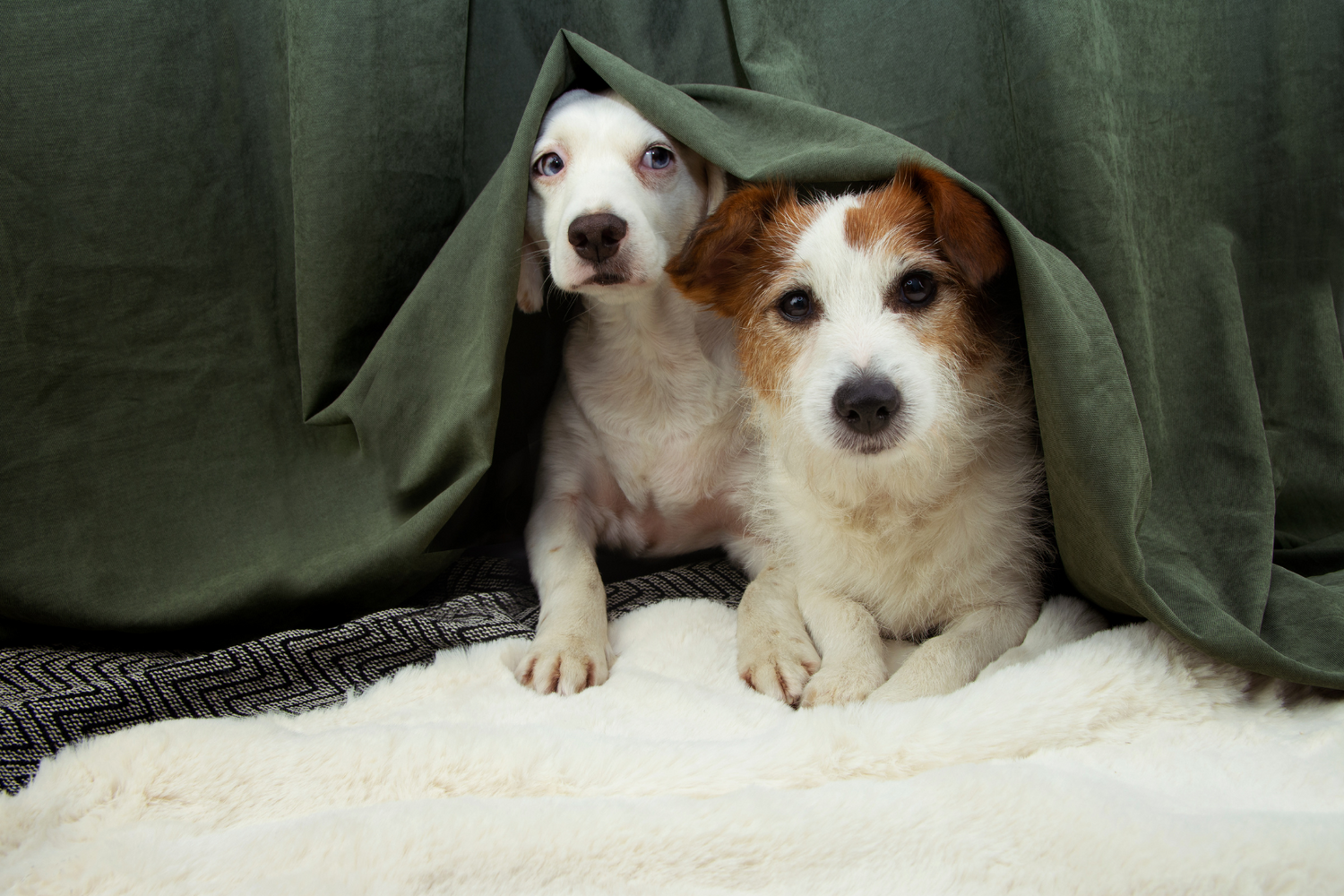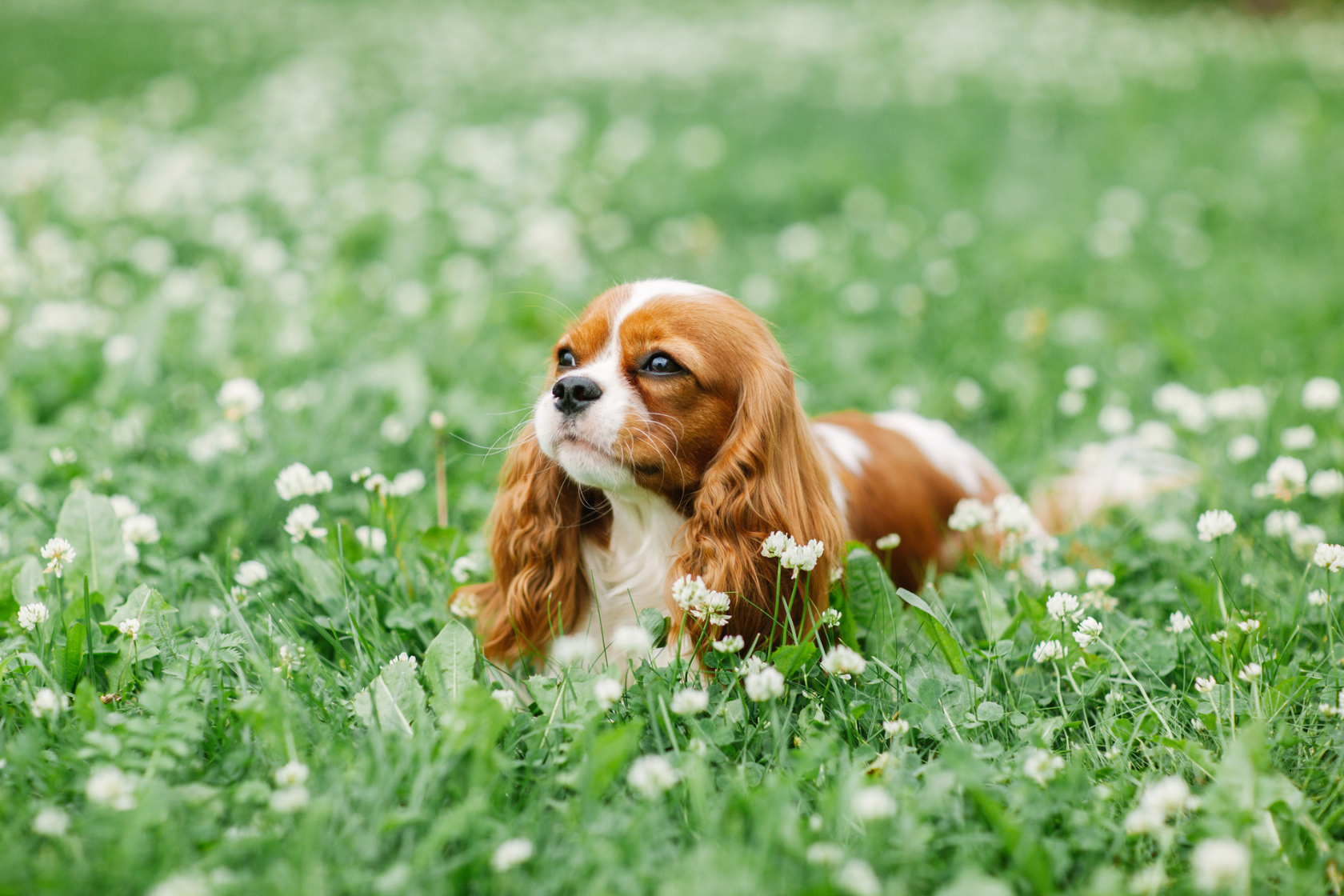As much as we love our canine companions, they can experience anxiety just like humans do. Unfortunately, dogs can't verbally communicate their feelings. So, as loving pet owners, it’s our job to be aware of dogs' common signs of anxiety and know precisely how to help them.
However, identifying anxiety and knowing how to help your dog can be easier said than done, as many signs can be subtle and easily mistaken, as we often look for the same body language and behaviours we display in our dogs. Dogs have completely different ways of showing that they don’t feel their best, and it’s important to consider context clues; for example, if your dog has always had a habit of destructive behaviour, it doesn’t necessarily mean they are anxious–they might just need to go back to training school.
In recognition of Dog Anxiety Week, we wanted to share five common signs that could indicate your dog is feeling anxious to help you provide the support and care your furry friend needs.
1. Excessive Panting and Pacing
One noticeable sign of anxiety in dogs is excessive panting and pacing. If your dog is panting heavily and seems unable to settle down, it could be a sign of stress or anxiety. Pacing back and forth, particularly in a repetitive or unusual pattern, can indicate anxiety or restlessness.
Extra Tip: Though not always an accurate sign of anxiety, keep an eye out for your dog’s body language. Are they crouched? Are they repetitively licking their lips? The position of your dog’s ears can also be an indication; if pinned back, this could mean your dog is feeling anxious.
2. Destructive Behaviour
Another common sign of anxiety in dogs is destructive behaviour. If your dog starts chewing on furniture, shoes, or other household items, this could result from anxiety. Dogs may resort to destructive behaviour to cope with their feelings of stress or unease.
3. Excessive Barking or Whining
When a dog feels anxious, they may express discomfort through excessive barking or whining. If your usually quiet pup suddenly becomes vocal and agitated, it may be a sign that they are experiencing heightened levels of anxiety.
4. Withdrawal or Hiding
Just like humans, dogs may seek solitude when they are feeling anxious. If your dog starts withdrawing from social interactions, hiding in unusual places, or avoiding contact with family members, it could be a sign that they are struggling with anxiety.
5. Changes in Appetite or Sleep Patterns
Lastly, changes in appetite or sleep patterns can also indicate that your dog is experiencing anxiety. Dogs may lose their appetite or have trouble sleeping when feeling stressed or anxious. Also, they may seek comfort in food or sleep excessively as a way of coping with their anxiety.
If you notice any of these signs in your dog, it's important to address their anxiety in a supportive and compassionate manner. Consulting with a vet or a professional dog trainer can provide helpful tips and strategies for managing your dog's anxiety.
Remember, every dog is unique, and their anxiety symptoms may vary. Paying attention to your dog's behaviour and seeking professional guidance can make a significant difference in helping your furry friend feel more at ease.
Understanding the common signs dogs display when anxious can help you become a better and more attentive pet owner and contribute to promoting the importance of the well-being and mental health of our beloved canine companions.
References:
- American Kennel Club, https://www.akc.org/expert-advice/health/treating-dog-anxiety/
- Battersea, https://www.battersea.org.uk/pet-advice/dog-care-advice/stressed-dog-care?gad_source=1&gclid=CjwKCAjwrcKxBhBMEiwAIVF8rDNgtkrtN-19V-7FwqknmreqAD3GlPbEcPw7h4qcM17JujsSj3SZxxoCTzQQAvD_BwE
- Cummings School of Veterinary Medicine, https://vet.tufts.edu/news-events/news/anxiety-dogs#:~:text=An%20anxious%20dog%20may%20pant,around%20them%20(whale%20eye).



